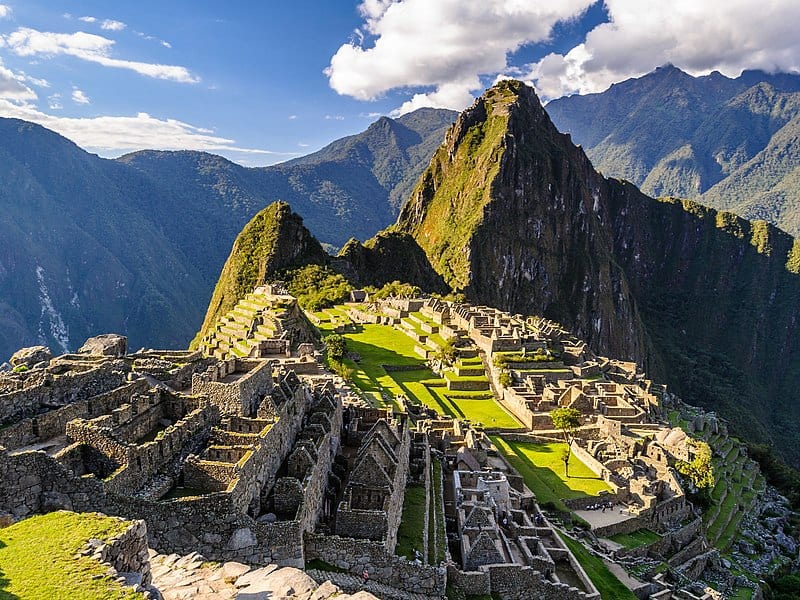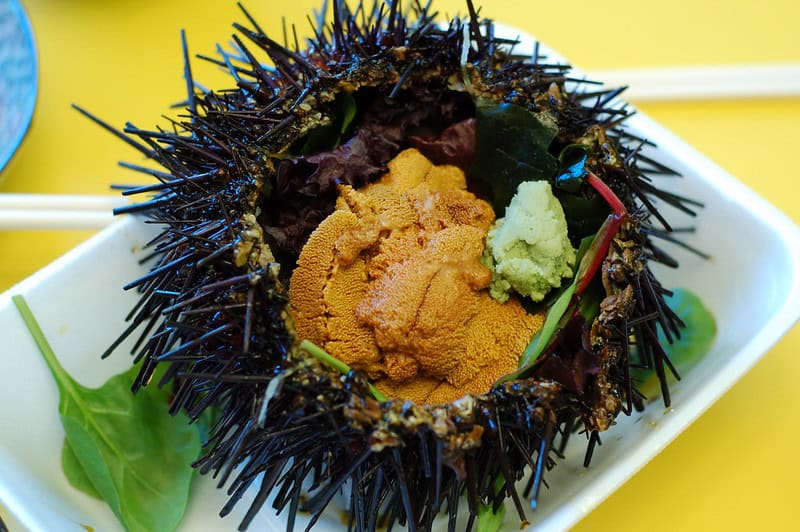In the animal kingdom, some creatures defy the typical lifespan expectations and live extraordinarily long lives. From the deep-sea dwellers to terrestrial giants, these animals have evolved unique adaptations that allow them to thrive for decades, centuries, or even longer. Their impressive longevity not only fascinates scientists but also offers valuable insights into aging and survival. Here are 15 animals with the most extraordinary lifespans, each showcasing the remarkable diversity and resilience of life on Earth.
Bowhead Whale (Balaena mysticetus)
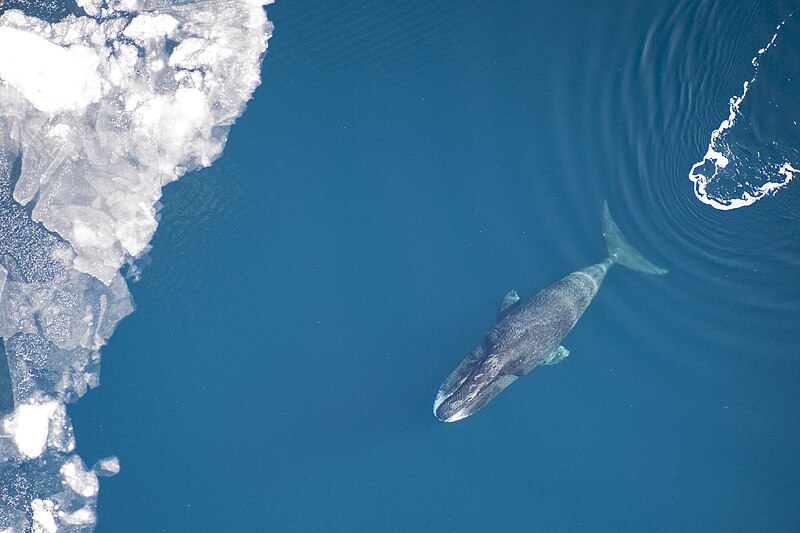
The bowhead whale, residing in the frigid Arctic and sub-Arctic waters, can live over 200 years. This baleen whale’s longevity is attributed to its slow metabolism and cold habitat. Its thick blubber insulates it from freezing temperatures. Bowhead whales can grow up to 60 feet long and weigh 120,000 pounds. These marine giants are also known for their massive skulls, which help them break through Arctic ice.
Greenland Shark (Somniosus microcephalus)
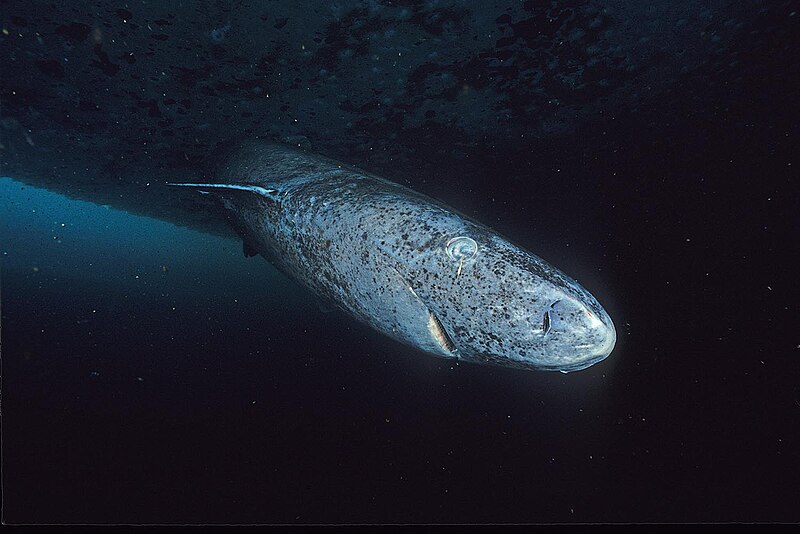
The Greenland shark, inhabiting the deep North Atlantic, can live over 400 years. Its exceptional lifespan is due to its slow growth rate and frigid environment. Greenland sharks are known to reach lengths of 21 feet. They have a unique, sluggish swimming style, conserving energy in the deep, cold waters. Remarkably, these sharks don’t reach sexual maturity until they are about 150 years old.
Ocean Quahog (Arctica islandica)
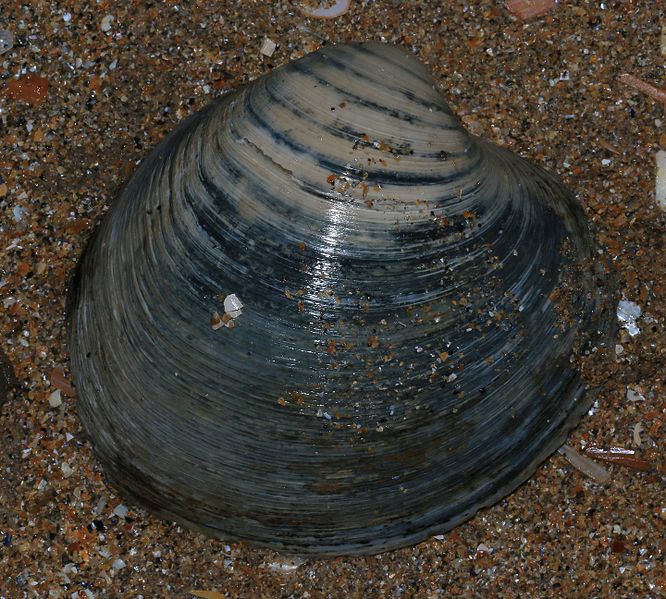
Ocean quahogs, a type of clam, can live more than 500 years. These bivalves inhabit the North Atlantic Ocean, often buried in sandy or muddy substrates. Their longevity is partly due to their ability to reduce metabolic rates in unfavorable conditions. The oldest known ocean quahog, nicknamed “Ming,” was 507 years old. These clams are studied for their growth rings, which provide climate data over centuries.
Aldabra Giant Tortoise (Aldabrachelys gigantea)
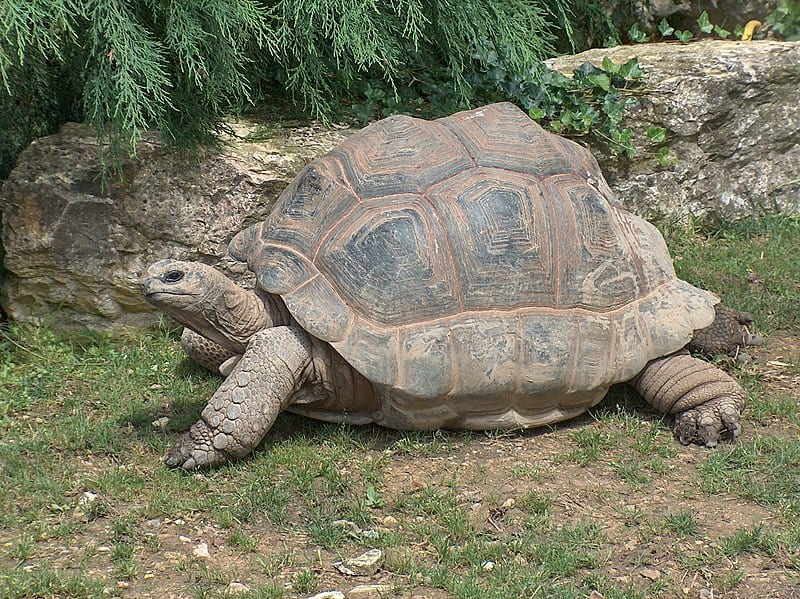
Aldabra giant tortoises from the Aldabra Atoll in the Indian Ocean can live over 150 years. These herbivorous reptiles are among the world’s largest tortoises, weighing up to 550 pounds. Their slow metabolism and protective shells contribute to their long lives. They spend their days grazing on grasses and leaves. Famous for their slow and steady pace, they are a symbol of endurance and longevity.
Red Sea Urchin (Strongylocentrotus franciscanus)
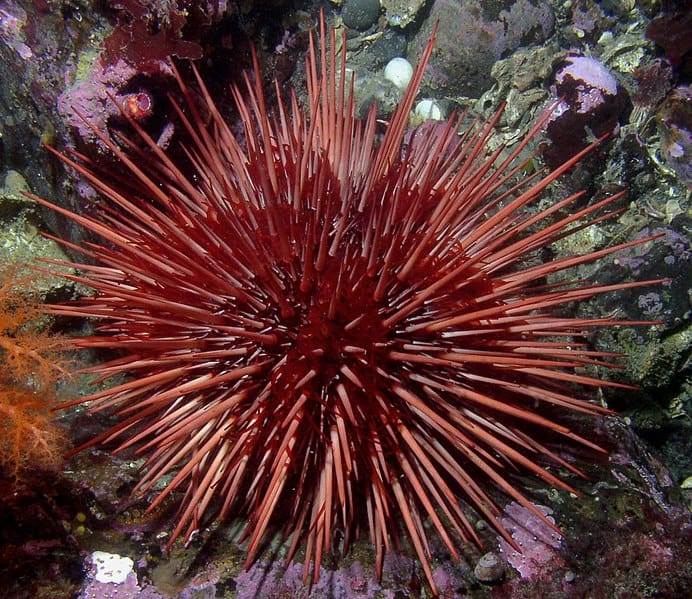
Red sea urchins, found along the Pacific coast of North America, can live over 200 years. These echinoderms have a slow growth rate and robust regenerative abilities. They inhabit rocky, shallow waters, where they graze on algae. Their spines provide protection from predators. Despite their simple appearance, red sea urchins play a crucial role in their ecosystem.
Koi Fish (Cyprinus rubrofuscus)
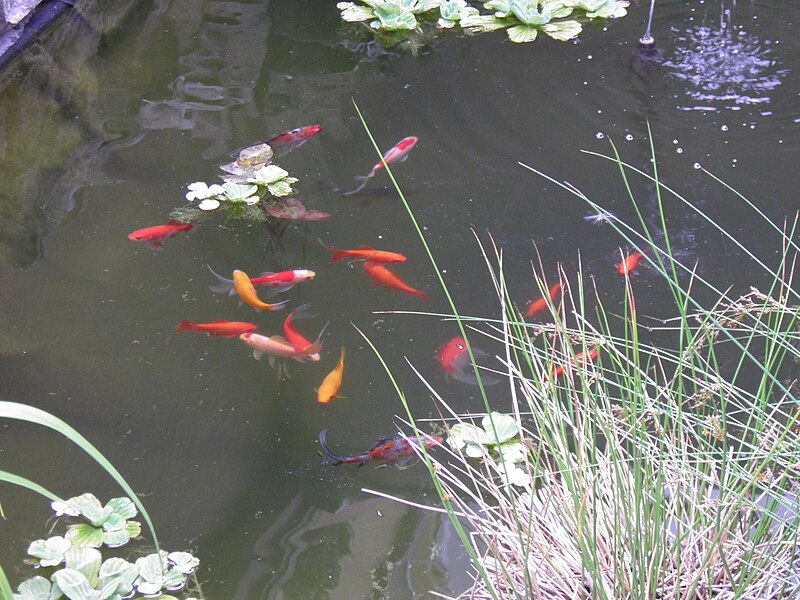
Koi fish, originally from East Asia, can live over 200 years in ideal conditions. These ornamental fish are cherished for their vibrant colors and patterns. Proper care, including clean water and a balanced diet, is essential for their longevity. The oldest known koi, named Hanako, lived to be 226 years old. Koi are often kept in garden ponds, where their beauty and grace are admired.
Macaw (Ara species)
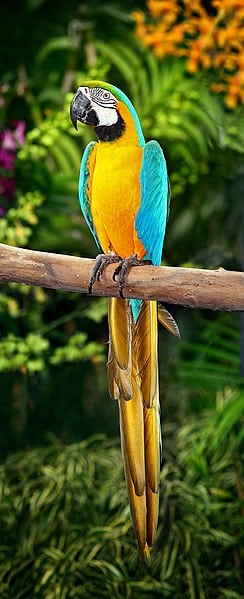
Macaws, large colorful parrots native to Central and South America, can live up to 100 years in captivity. These intelligent birds are known for their striking plumage and strong beaks. Macaws form strong bonds with their mates and are highly social. In the wild, they inhabit rainforests and savannas, where they feed on nuts, fruits, and seeds. Their long lifespan and vibrant personalities make them popular pets.
Galápagos Tortoise (Chelonoidis nigra)
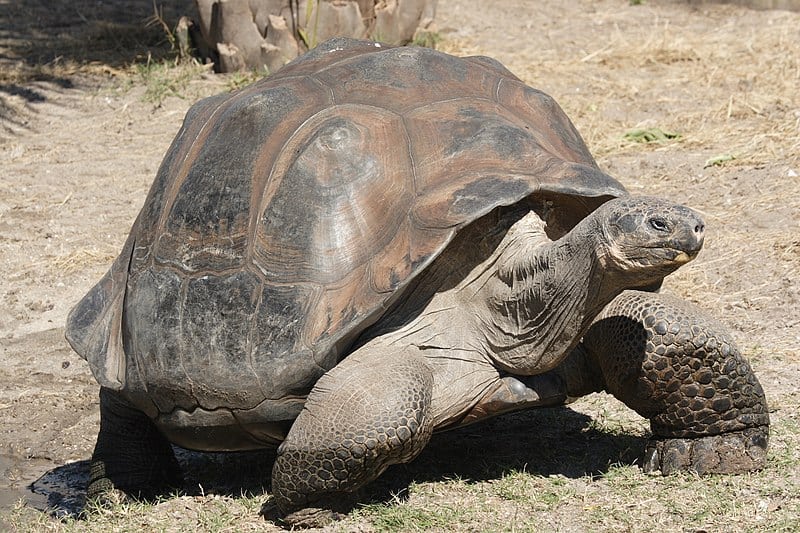
The Galápagos tortoise can live over 100 years, with some individuals reaching 170 years. These giant reptiles are native to the Galápagos Islands, where they play a key role in the ecosystem. They can weigh up to 880 pounds and grow over 5 feet long. Galápagos tortoises are herbivorous, feeding on cacti, fruits, and grasses. Their slow movements and long lifespan make them iconic inhabitants of the islands.
Freshwater Pearl Mussel (Margaritifera margaritifera)
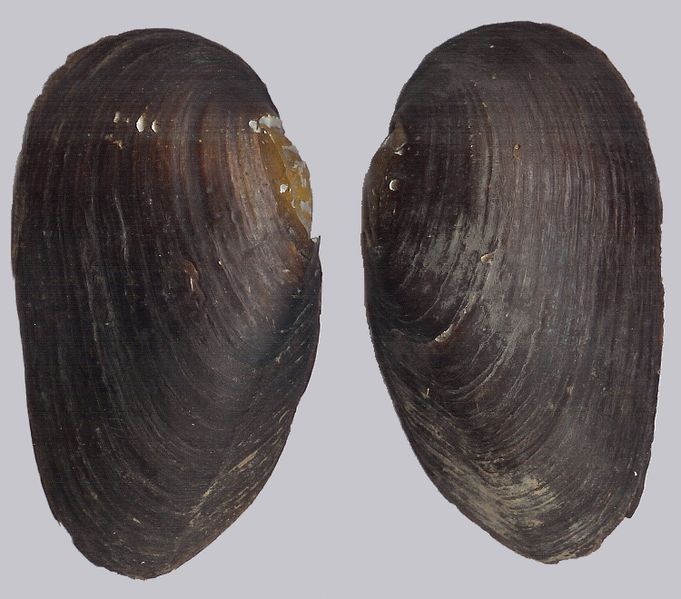
Freshwater pearl mussels, found in clean, fast-flowing rivers in Europe and North America, can live up to 130 years. These bivalves filter water, contributing to the health of their aquatic ecosystems. They have a complex lifecycle, relying on host fish for their larvae. Freshwater pearl mussels are critically endangered due to habitat loss and pollution. Their longevity and ecological importance highlight the need for conservation efforts.
Rougheye Rockfish (Sebastes aleutianus)
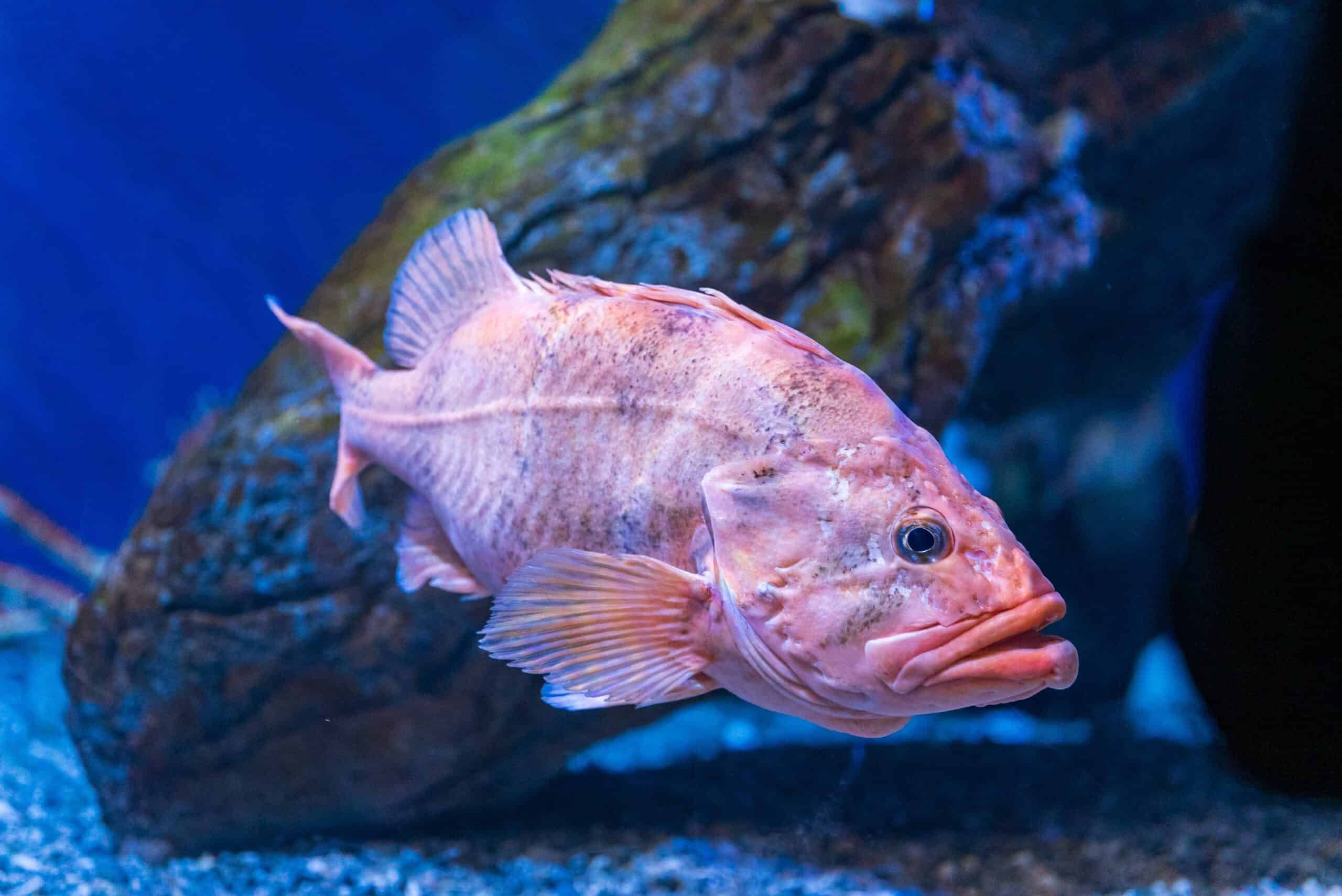
Rougheye rockfish, found in the North Pacific Ocean, can live over 200 years. These deep-sea fish have a slow growth rate and late maturity. They inhabit rocky reefs and slopes, where they feed on shrimp, crabs, and smaller fish. Rougheye rockfish are known for their distinctive spines around the eyes. Their long lifespan makes them vulnerable to overfishing, necessitating careful management.
Brandt’s Bat (Myotis brandtii)
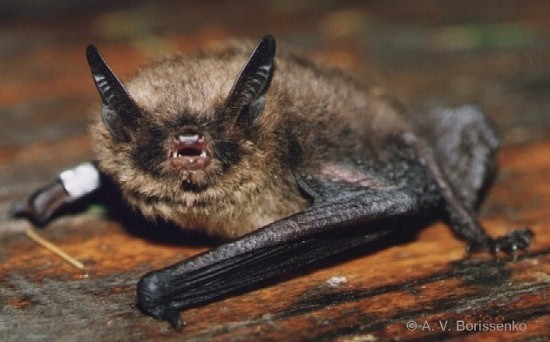
Brandt’s bat, a small species found in Europe and Asia, can live over 40 years. This exceptional lifespan is unusual for such a small mammal. Brandt’s bats roost in caves, buildings, and trees, feeding on insects at night. Their ability to enter torpor, a state of reduced metabolic activity, helps them survive harsh conditions. Despite their longevity, Brandt’s bats face threats from habitat loss and human disturbance.
Bowhead Turtle (Dermochelys coriacea)
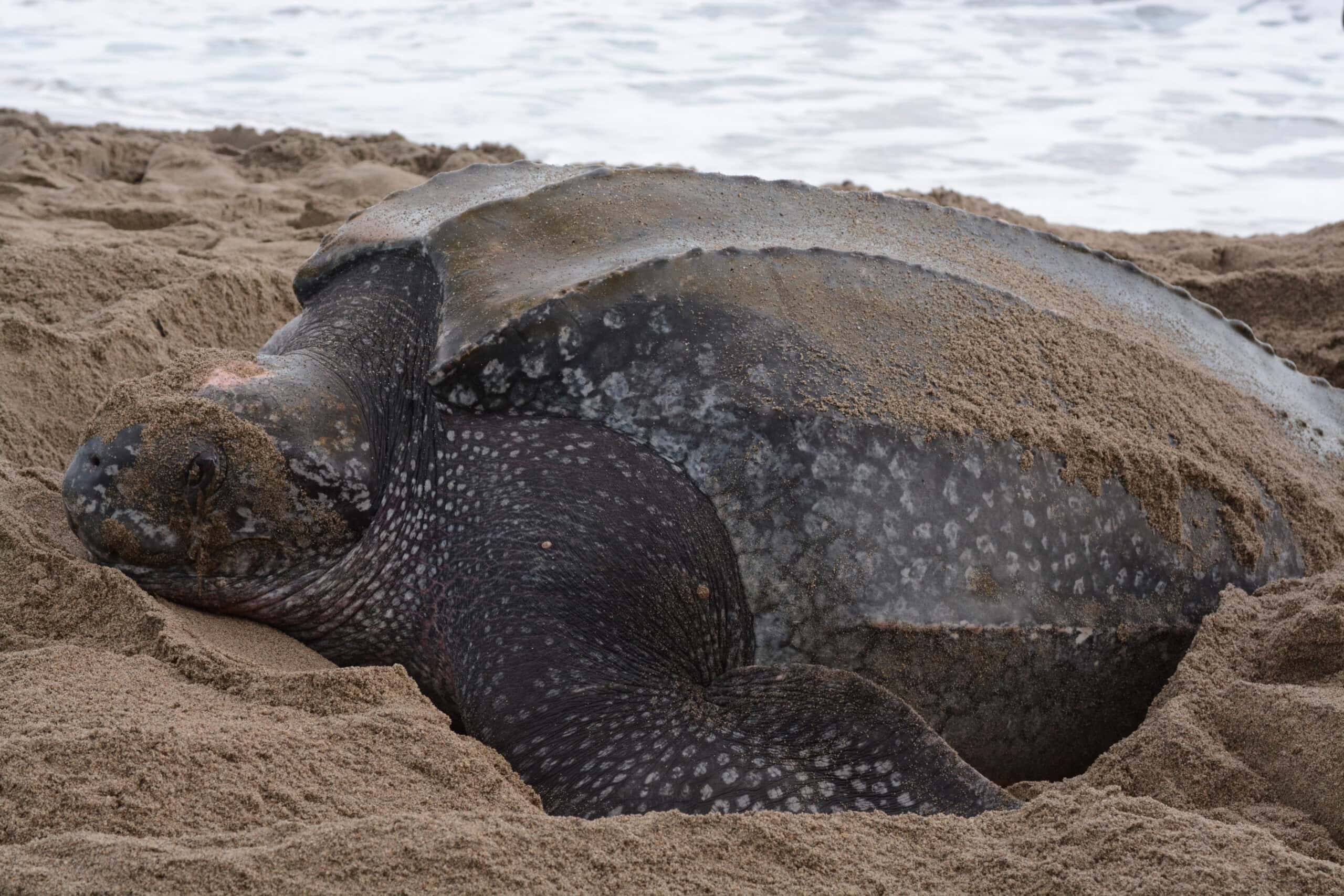
Bowhead turtles, also known as leatherback turtles, can live over 50 years. These ancient reptiles are the largest of all living turtles, growing up to 7 feet long and weighing over 1,500 pounds. Bowhead turtles have a unique leathery shell, unlike the hard shells of other turtles. They migrate long distances, feeding primarily on jellyfish. Conservation efforts are crucial for their survival, as they face threats from fishing, pollution, and habitat destruction.
Orange Roughy (Hoplostethus atlanticus)
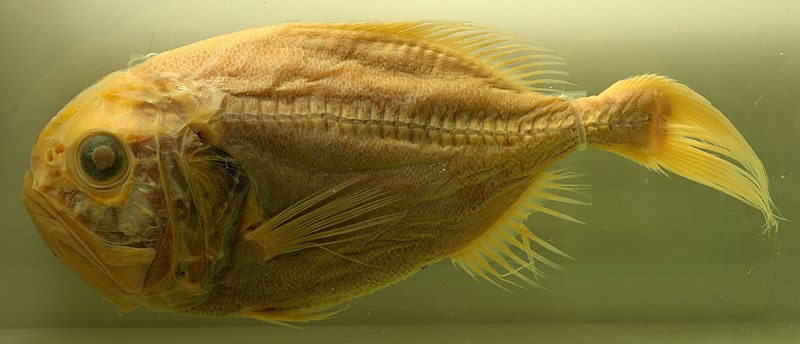
Orange roughy, a deep-sea fish found in the Atlantic and Pacific Oceans, can live over 150 years. These slow-growing fish are known for their bright orange color and large eyes. They inhabit depths of up to 5,000 feet, feeding on shrimp, squid, and other fish. Orange roughy are slow to mature, making them vulnerable to overfishing. Their long lifespan and slow reproductive rate highlight the need for sustainable fishing practices.
European Eel (Anguilla anguilla)
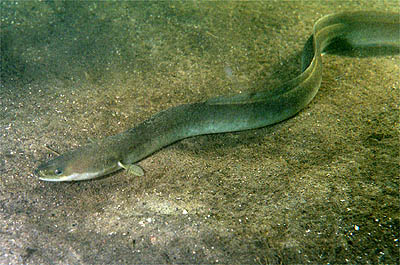
European eels can live up to 85 years, with some individuals exceeding 100 years. These catadromous fish migrate from freshwater rivers to the Sargasso Sea to spawn. European eels have a complex life cycle, including a larval stage that drifts in ocean currents for years. They are critically endangered due to habitat loss, pollution, and overfishing. Conservation efforts aim to protect their habitats and ensure their survival.
Red-Crowned Crane (Grus japonensis)
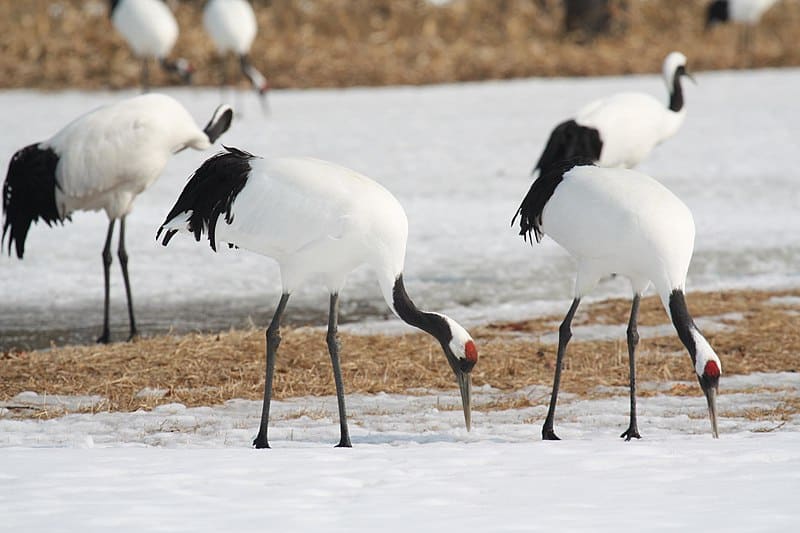
The red-crowned crane, native to East Asia, can live over 70 years in captivity. These elegant birds are known for their striking white and black plumage with a red patch on the head. Red-crowned cranes are symbols of longevity and good fortune in many cultures. They inhabit wetlands, feeding on plants, fish, and small animals. Conservation efforts are crucial for their survival, as they face habitat loss and degradation.
This article originally appeared on Rarest.org.
More From Rarest.Org
Rare coin errors are fascinating anomalies that captivate collectors and historians alike. These errors, often the result of minting mistakes, can turn an ordinary coin into a highly valuable treasure. Read more.
Throughout history, the world has been home to countless ancient civilizations that left behind remarkable ruins, each shrouded in mystery and intrigue. Read more.
When it comes to exploring the culinary treasures of the sea, thereâs a whole world of rare and exquisite seafood delicacies waiting to be discovered. Read more.


